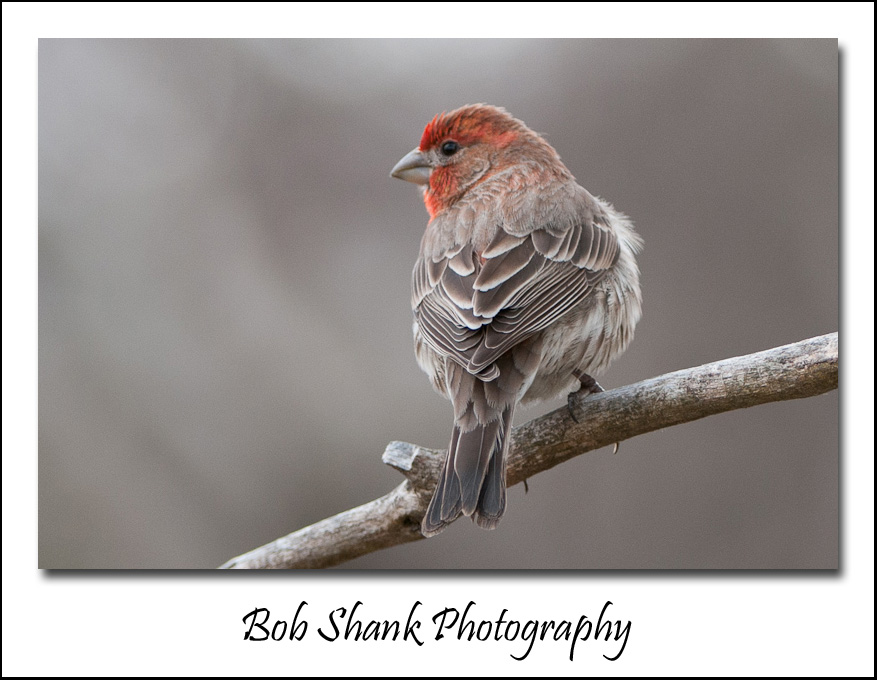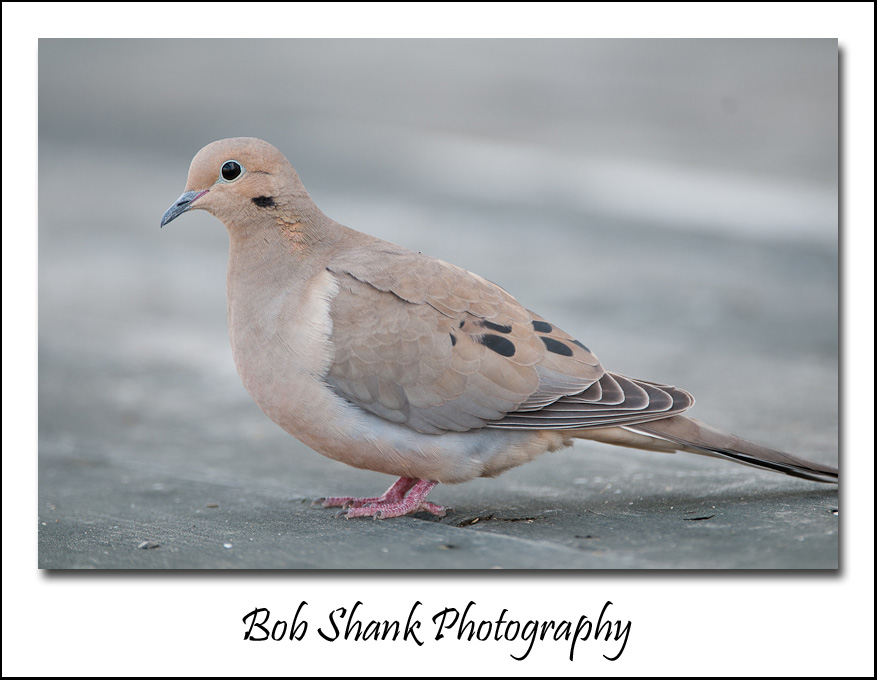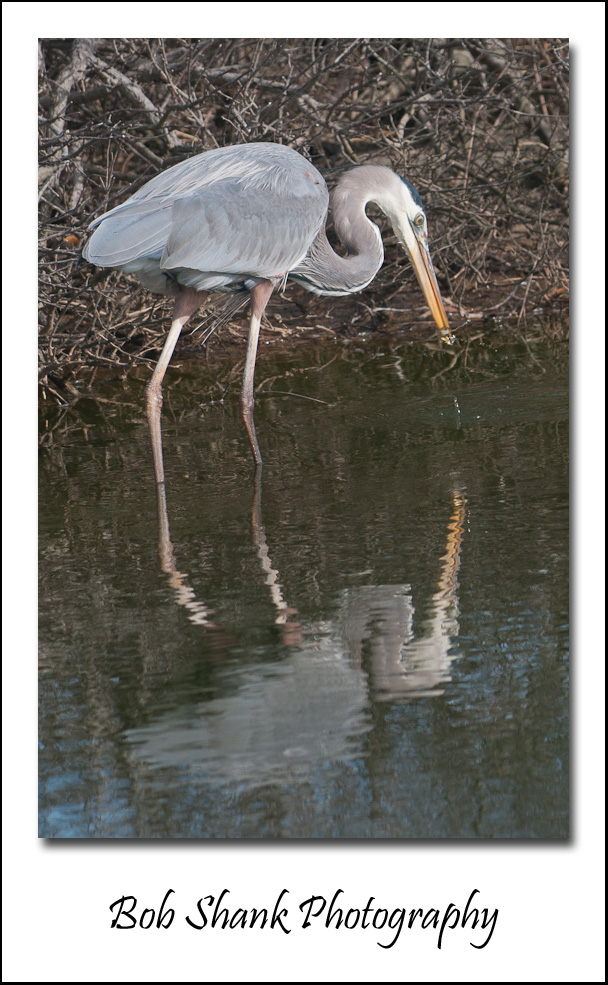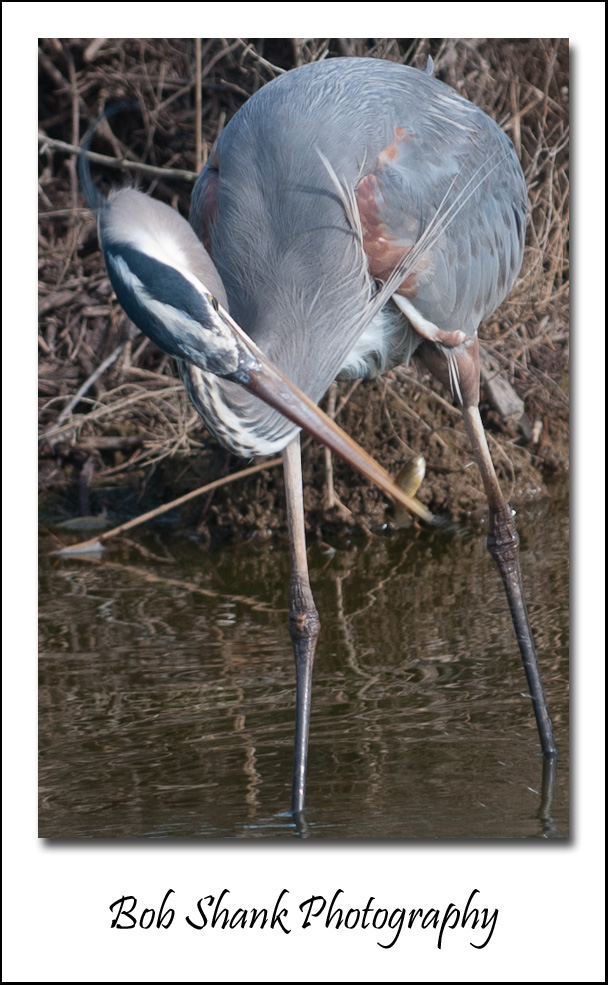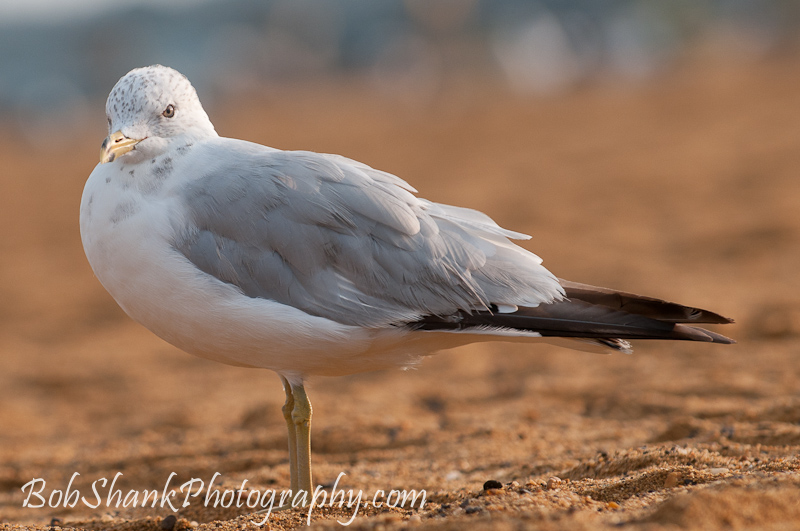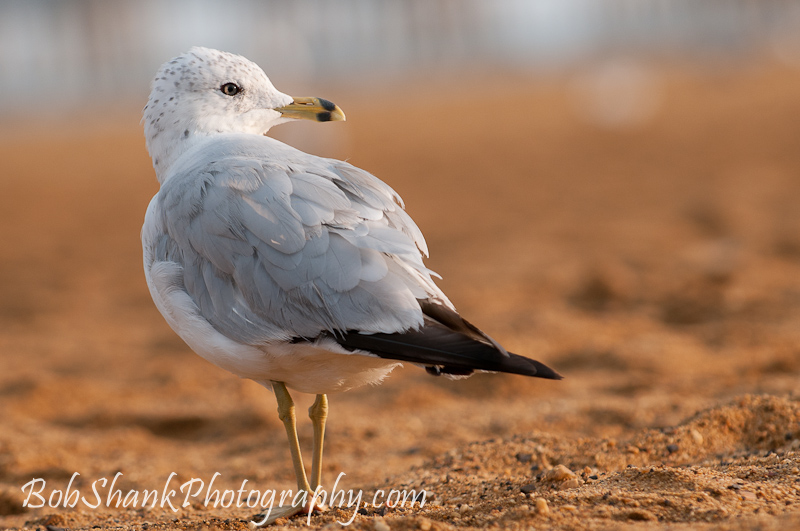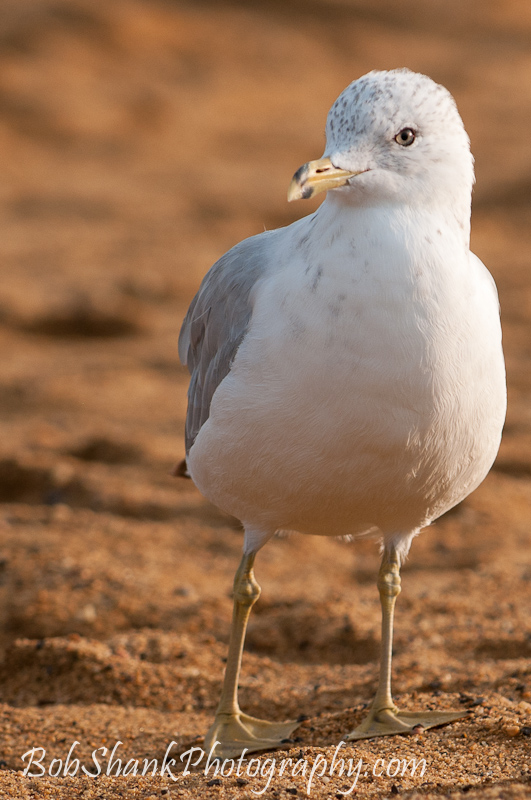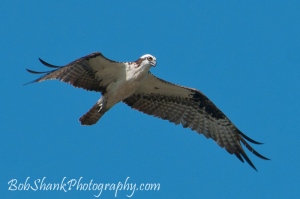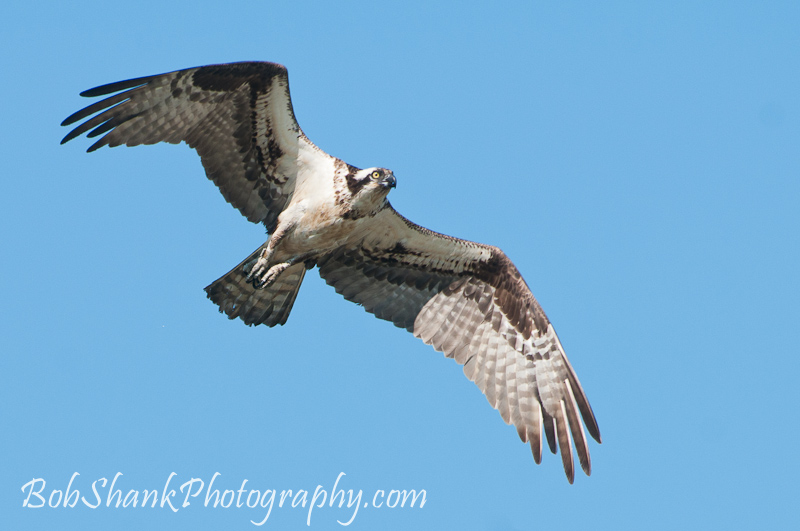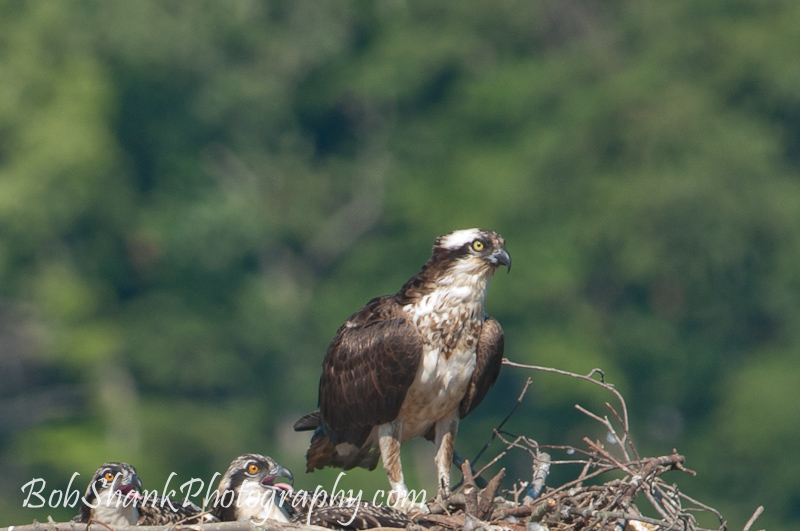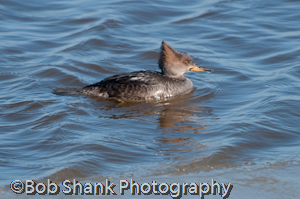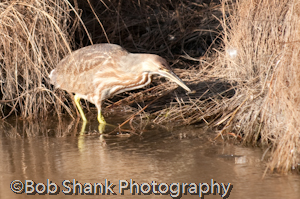I spent a couple hours in my backyard blind again today. The birds were cooperative and I am slowly learning how to capture better bird photos. It’s not easy because birds are quick! I am more accustomed to photographing elk, which move a lot more slowly!
Today I learned an important lesson: don’t set up the camera too close to the birds. The problem wasn’t being too close that I scared the birds, after all, I was in a blind. The problem was that I was inside the minimum focusing distance of my zoom lens! I re-situated my blind this morning to get better angles on my perches, but I actually set up too close to the action. After some frustrating results early in the evening, I moved the blind back about six feet and then photographs became much more clear!
I continue to learn and am intrigued with the challenge of bird photography. I hope to be back out in my blind again tomorrow!

